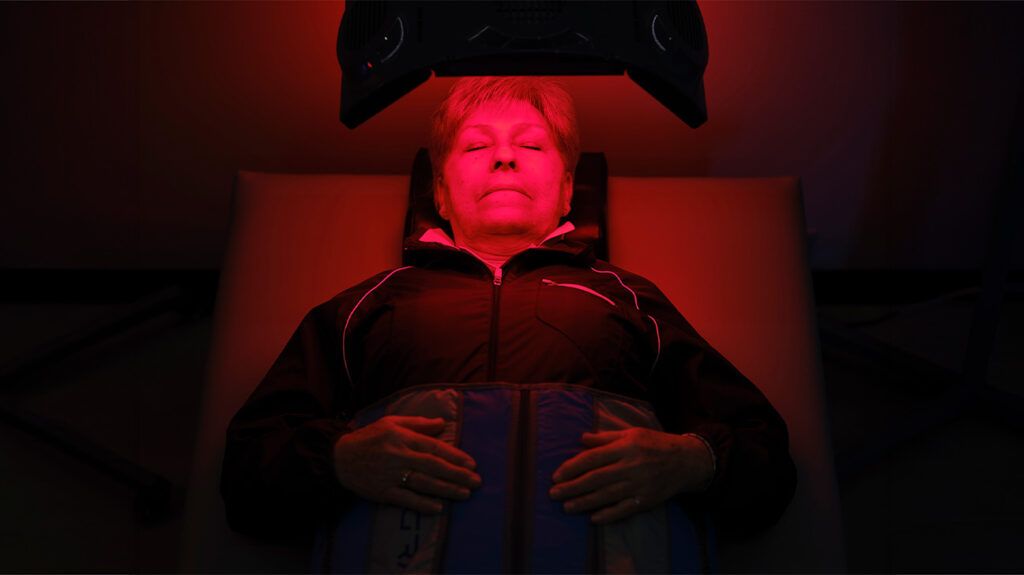Red light therapy (RLT) involves exposing the body to low-wavelength red light. It aims to treat skin conditions such as scarring and signs of aging, such as wrinkles.
While it is possible that RLT can have
This article discusses the potential benefits of RLT, its mechanisms of action, and potential side effects.

RLT involves exposing the body to low-wavelength red light. This red light can penetrate deep into the skin, where mitochondria in the skin cells can absorb these light particles. This can help the cells produce more adenosine triphosphate, the energy source for all cells.
Proponents attribute the potential positive benefits of RLT to this function. With this extra energy, the cells may be able to respond better to damage and rejuvenate themselves.
Although there is early research surrounding RLT, there is a lack of
With that said, there are
Many people show interest in RLT as a possible way to improve skin health.
A
- increasing collagen production in the skin, which gives the skin its elasticity
- increasing fibroblast production, which helps produce collagen and other tissue fibers
- increasing circulation between blood and tissue cells
- reducing fine lines
- reducing wrinkle severity
It is important to remember that many of the results regarding RLT come from animal or test-tube studies, which explore its function. Many human studies used very small sample sizes, as evident in the clinical trial above.
These results show the potential for the therapy but are not conclusive evidence that it will work in every case.
RLT, either alone or in combination with other treatments, such as blue light therapy, is a potentially effective treatment for acne vulgaris. The light appears to penetrate deep into the skin and affect sebum production while also reducing inflammation and irritation in the area.
Red light
- reducing inflammation in the cells
- stimulating new blood vessels to form, which doctors call angiogenesis
- increasing helpful fibroblasts in the skin
- increasing collagen production in the skin
Certain forms of RLT may help support hair growth. A
Furthermore, a
RLT may also be an effective treatment for pain in people with certain conditions. For example, a
Due to its effects in stimulating blood vessel and adenosine triphosphate creation, light therapy
However, further research is necessary to fully assess the mechanisms of healing that light therapy impacts.
Although the exact reason is not yet clear, RLT has significant
There is a low risk of side effects from undergoing RLT. However, prolonged or high-intensity exposure outside of treatment guidelines may damage the skin.
Products for use at home may also lead to misuse, causing burns, blisters or damage to unprotected eyes.
RLT is generally safe and may be a very effective treatment option for people seeking smaller changes in their skin or to keep the skin healthy and reduce inflammation.
Other applications of RLT have promising early evidence, but there is not enough reliable evidence in humans to call it effective in every case.
Anyone uncertain if the practice is suitable for them should talk to a doctor to discuss the potential benefits.
